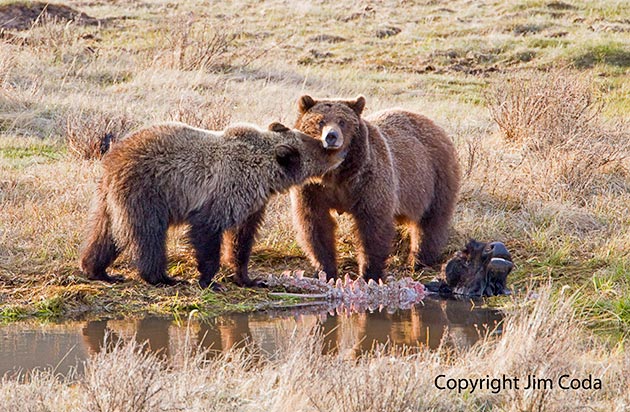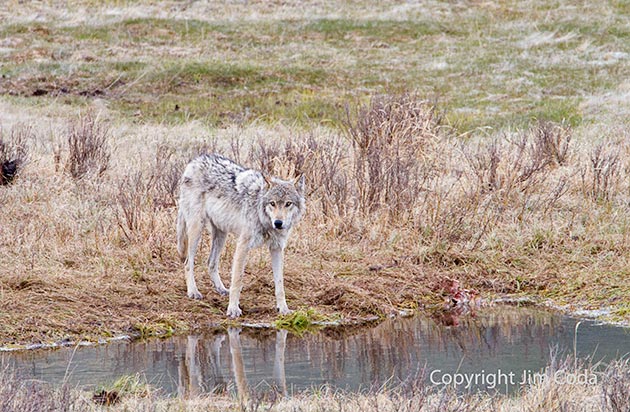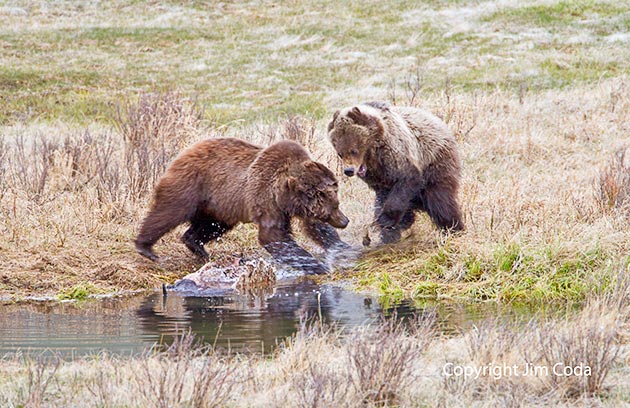Another Bobcat
I decided to go out to Point Reyes National Seashore last Friday to see what was going on there. My main hope was to get a good photo of a bobcat. I don’t think I’ve been out there since late June when I was fortunate enough to see and photograph one. Not long after leaving the house I spotted something out of the corner of my eye. It was a bobcat sitting in a farm field.

Lucky me. I wanted to stop, but couldn’t. The road’s shoulders were steep and narrow and there were cars going in both directions. I drove about a quarter mile to where I could turn around and drove back. The bobcat was still sitting there. I drove past it to a spot where I could pull off the road. Some trees screened me from the bobcat. I usually don’t assemble my gear until I get to Point Reyes. My gear was all neatly stowed away and I’d have to pull the big lens out, attach the Tele-converter and camera body to it and then attach my Wimberley head to the tripod and extend its legs and attach the camera/lens to it. I also noticed I hadn’t put a flash card in the camera. (Good thing I noticed that then.) After what seemed like forever I had everything together and walked quietly along the trees to where they ended hoping the bobcat would still be there. It was. I shot several frames before the bobcat turned and looked at me. It let me shoot about 30 more frames and then decided that it didn’t like the fact that I was staring at it and not moving. It finally decided it had had enough of me and split.
It was a good day regardless of what I’d see at Point Reyes. As I drove on to Point Reyes I vowed to be ready to photograph when I left home from now on. That bobcat could have moved on while I was fumbling with my gear. Next time it could be the holy grail — a mountain lion. One was spotted near here a year ago.













